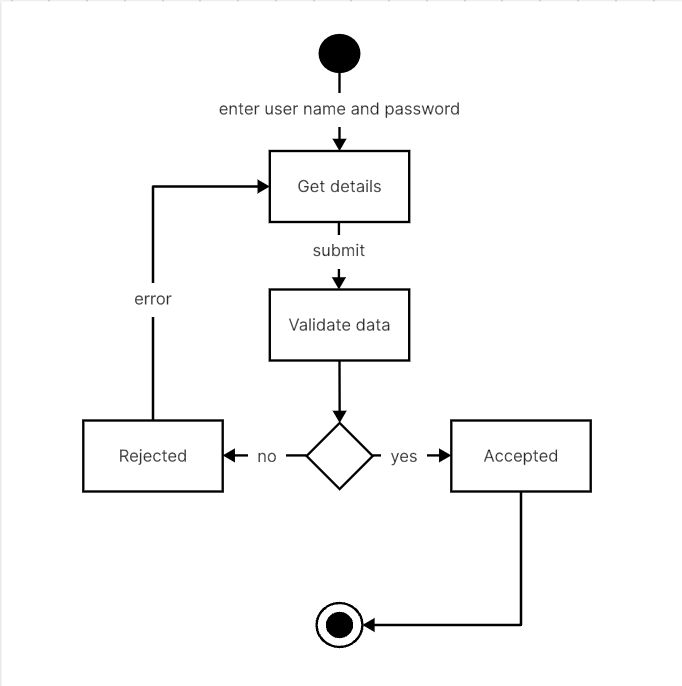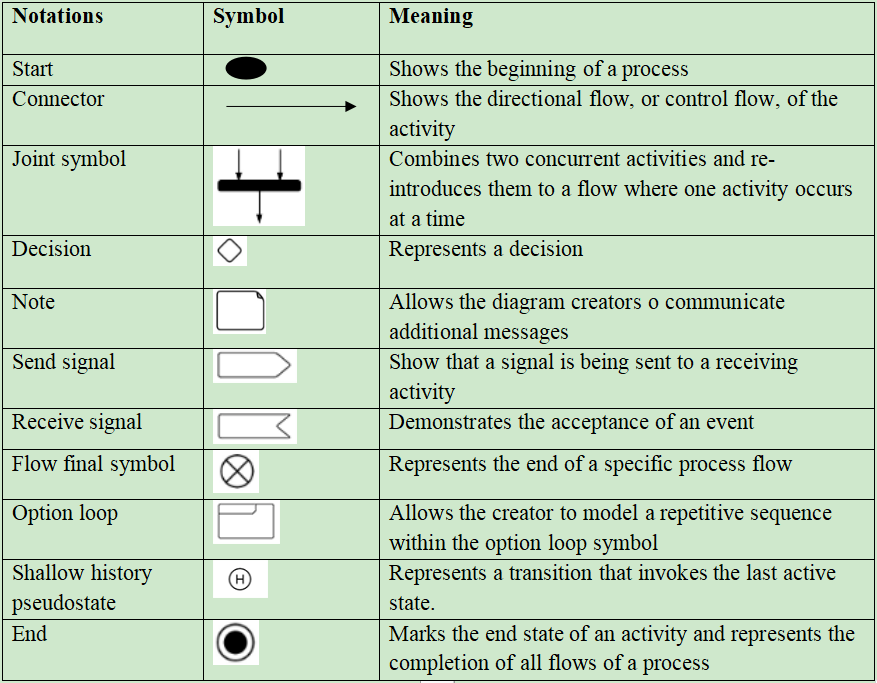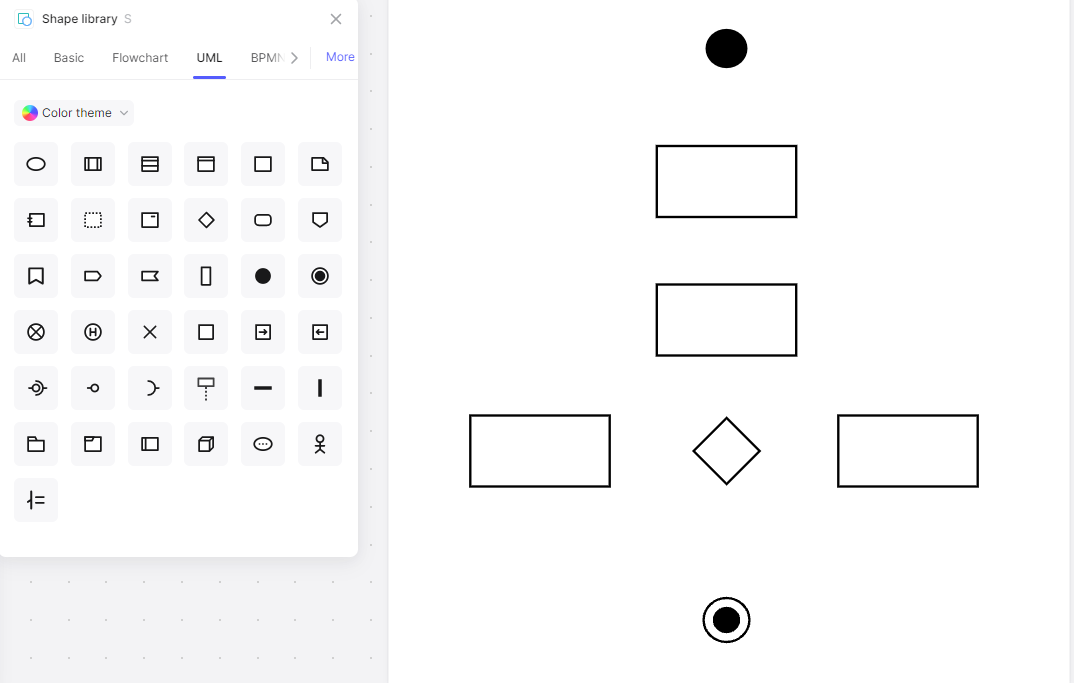Every organization dreams of ways by which their processes can be simplified and also optimized to deliver the best products and results. In a bid to attain this, a lot of tools can be employed.
UML activity diagrams are tools employed for visualizing the different steps of a process. They help to identify potential problems, simplify complex tasks, and provide a clear pathway for implementation. By providing a visual representation of the process, UML activity diagrams can help organizations gain a better understanding of their operations and create more efficient workflows.
This article further discusses the intricacies of activity diagrams highlighting how organizations can make the most of this tool.
What Is UML Activity Diagram
A UML Activity Diagram is a type of diagram used in UML (Unified Modeling Language) to illustrate the flow of activities in a system. It is a pictorial depiction of the activities that must be completed to achieve a certain goal and is used to visually describe processes, workflows, and flow of control in a system.

As a powerful tool for explicitly representing the behavior of a system, activity diagrams are used in many different types of software engineering projects, from object-oriented programming to web development. They can also be used to create process models that can be used to analyze and improve the performance of a system.
Activity diagrams use a variety of symbols to represent different types of activities, such as actions, decisions, or events. Each of the symbols is connected with arrows to represent the flow of activities in the system.
What Is a UML Activity Diagram Used for
Activity diagrams bring to light the behavior of a system as it reviews and describes the sequence of actions in a process and can also show the flow between the actions in a system. An activity diagram aims to provide a visual representation of the sequence of activities and their associated transitions in a system.
- Activity diagrams can be used to model the behavior of a system and help to determine the best way to design a system.
- The representation by activity diagram provided an easy way to analyze the performance of a system, identify bottlenecks, and optimize the system.
- During development, testing, and deployment, activity diagrams come in very handy as they can help to ensure that the systems are designed and implemented correctly.
Pros and Cons of UML Activity Diagram
The use of activity diagrams has specific strong points and some setbacks. Understanding these is necessary before activity diagrams can be utilized by organizations.
Components and Notations of UML Activity Diagram
Activity diagrams are composed of several components, including nodes, activities, actions, and transitions.

- Nodes are the basic elements of the diagram, representing activities or events that occur within a system.
- Activities are the processes or tasks that take place within a system.
- Actions are the specific steps that must be performed to complete an activity or move from one node to another.
- Transitions are the arrows that represent the flow of control from one node to another.
Activity diagrams also include notations, which provide additional information about the diagram. The Notations can include:
How to Make a UML Activity Diagram Online
Creating an efficient UML activity diagram is a product of numerous factors, the most important of which is the choice of tool. Boardmix is a revolutionary software that is designed to help organizations get the best kind of UML activity diagrams for modeling and analysis of systems and their behaviors.

Boardmix offers a wide variety of features, icons, and components that can help for excellent visualizing of the workflow of a system. It also gives you the liberty to choose any kind of file format you prefer and the result can also be exported where necessary. Creating diagrams with a Boardmix only requires a few simple steps. Here is how to do it.
1. Log into Boardmix and create a blank frame.

2. Open the UML shape library to begin. Pick from the tons of shapes available to create your diagram. With Boardmix, no knowledge of coding or any other technical knowledge is required.

3. Model the process flow by drawing lines between the shapes.

4. Input the activity you have made into the box or on the link. Then you are all done!

When everything gets done, you can share the UML activity diagram with your teammates via a sharing link and collaborate with them together.

Conclusion
Every organization uses UML activity diagrams to identify potential problems while simplifying difficult tasks. With Boardmix UML activity diagram maker, organizations can gain a better understanding of their operations and create more efficient workflows while streamlining processes.
Boardmix facilitates seamless collaboration and on-the-go streamlined activities which allow better productivity and time efficiency. It also offers in-built communication tools for the quick delivery of feedback and comments on proposed outlays of diagrams. It stands out as the most renowned tool for the creation of organizational charts, flow charts, and UML diagrams with a thriving space for teamwork and collaboration. Just try it out today!









